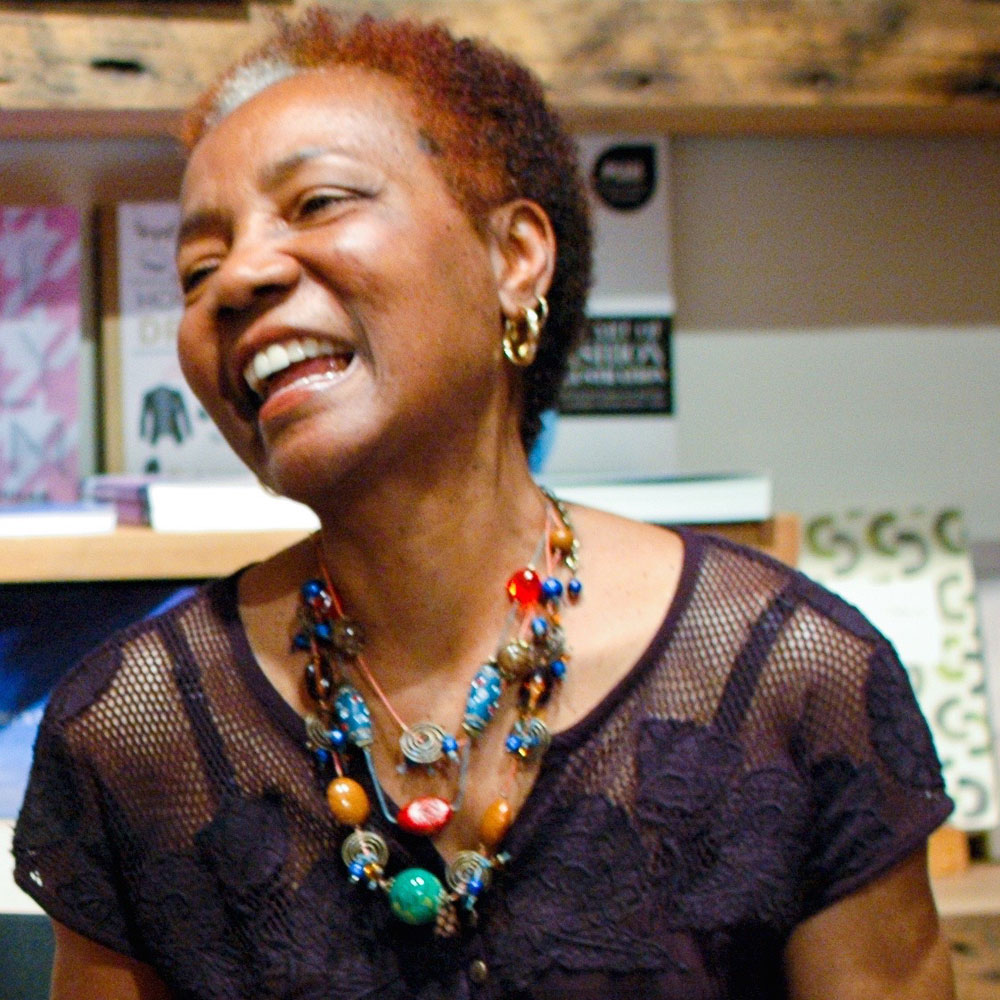
December 4, 2020; New York Times
The name “Feminist Press” might conjure images of angry, protesting women marching in the streets, demanding equal rights, and burning bras, but its origins 50 years ago have their roots in a gap in academia. In 1969, when the students at Goucher College (then an all-female school) asked their 18th-century literature professor Florence Howe about the total absence of female authors, she was stumped because she had not read any. Howe determined this had to change. She was turned down in her attempts to get three academic presses to publish a series of short books to be written by famous contemporary women about women of the past. Books about women would not make them money. So, she and her husband published them as the Feminist Press, established in 1970.
Howe put out the call for help, hoping at least 25 people would come to her home in Maryland. Fifty people came, and they agreed to meet twice a month. The original purpose was to find forgotten works that could be used in classrooms. Many important works were no longer in print simply because they were written by women, according to Jennifer Baumgardner, executive director and publisher of the press from 2013 to 2017.
Many early publications from the press remain in the core of women’s studies booklists. Titles include the 1861 novella Life in the Iron Mills by Rebecca Harding Davis, which was originally published in the Atlantic Monthly; and The Yellow Wallpaper by Charlotte Perkins Stetson (also known as Gilman), which was first published in the New England Magazine in 1892.
In 1972, Barbara Ehrenreich and Deirdre English brought their self-published pamphlet Witches, Midwives & Nurses to Feminist Press. “We didn’t even think of going to a commercial publisher. We wanted to feel very free in what we said. The Press was part of our movement as feminists,” says Ehrenreich, the writer and political activist who later penned the international best seller Nickel and Dimed: On (Not) Getting by in America.
What has kept this nonprofit publisher going for 50 years? Is the cause of its longevity its connection to the women’s movement or its ability to move with feminism’s ebbs and flows? Perhaps it is a bit of both. In any case, it has staying power.
In 2017, the Feminist Press named its youngest (age 37) and first Black executive director and publisher in Jamia Wilson. Wilson sees parallels between 1970 and today when she says, “It’s extremely important for us to be an unapologetic feminist voice, no matter what happens.” According to Wilson, their mission informs all that they do. “Your advance might not have as many zeros as other places,” she says, “but your author care will be unmatched.”
Sign up for our free newsletters
Subscribe to NPQ's newsletters to have our top stories delivered directly to your inbox.
By signing up, you agree to our privacy policy and terms of use, and to receive messages from NPQ and our partners.
Authors see the positioning of their book with the Feminist Press as the political place to be. And, in these times, that placement can be more important than money. With the ongoing coronavirus pandemic and the national racial justice uprising, much of the publishing world has been shaken, and independent bookstores especially are struggling. The mostly white publishing industry has been taking a long, hard look at itself, but the Feminist Press has been steady through this time.
Wilson points to the organization’s long history in the “gender justice” arena as well as 50 years of addressing the challenges of financing in the nonprofit space. “It’s not the first time we’ve seen adversity and had to work together to transform.”
Wilson will be leaving the Press soon to join Random House as executive editor. And to no one’s surprise, since the announcement of her departure, the board of Feminist Press has been inundated with applications to fill this role.
The Feminist Press is a shining example of a grassroots journalism nonprofit with staying power. Can this be attributed to its mission? To its leadership? Does it fill a unique need in a unique way?
In Nieman Lab’s annual “Predictions for Journalism,” Rachel Schallom points out that many nonprofit publications today form because “it’s easier to build what you want from the ground up than attempt to change the processes, priorities, and personnel in an existing structure.”
The Feminist Press clearly began with similar inclinations but is now an institution of its own. But institutions have value. As Dr. Brittney Cooper, who edited a volume recently published by the press, points out, “longevity gives us an anchor point for each new generation of activists that arises.”
Longtime feminist Gloria Steinem highlights what she sees as the most important role the press has played. “Without the Feminist Press,” Steinem observes, “we might not have known that women have always been writing our hearts out…and we definitely wouldn’t have been able to read our counterparts in Africa or Asia.” She adds, “It’s a radical act to publish women’s writing, and an equally radical act to keep it in print.”—Carole Levine













